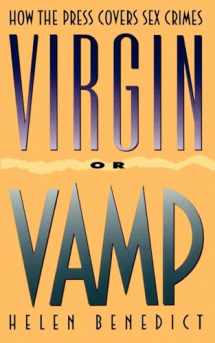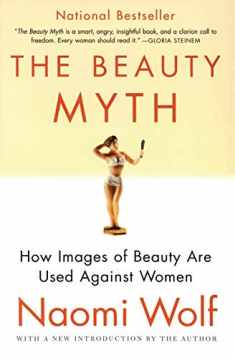
Virgin or Vamp: How the Press Covers Sex Crimes
Book details
Summary
Description
In the last few years, the national press has lavished coverage on several major sex-related scandals: the Clarence Thomas-Anita Hill hearings, the William Kennedy Smith rape trial, and the Mike Tyson case. With each event came lurid stories pitting either a loose or virginal woman against an unwilling or monstrous man. Such extreme coverage, argues Helen Benedict, perpetuates myths that are harmful to victims of these crimes (and sometimes to the accused).
In Virgin or Vamp Benedict examines the press's treatment of four notorious sex crimes from the past decade--the Rideout marital rape trial in Oregon, the Big Dan's pool table gang rape in Massachusetts, the "Preppy Murder" in New York City, and the Central Park jogger case--and shows how victims are labelled either as virgins or vamps, a practice she condemns as misleading and harmful. Benedict also looks at other factors that perpetuate the misunderstanding of rape. For instance, she shows how the New York press presented the Central Park jogger rape case as motivated by racism because of its unwillingness to consider rape an issue of gender. She also addresses our inherent language bias, the press's tendency to use sexually suggestive language to describe crime victims, and its preference for crimes against whites. In conclusion, Benedict offers a number of solutions that will help reporters cover these increasingly common crimes without further harming the victims, the defendants, or public understanding.


We would LOVE it if you could help us and other readers by reviewing the book
Book review




